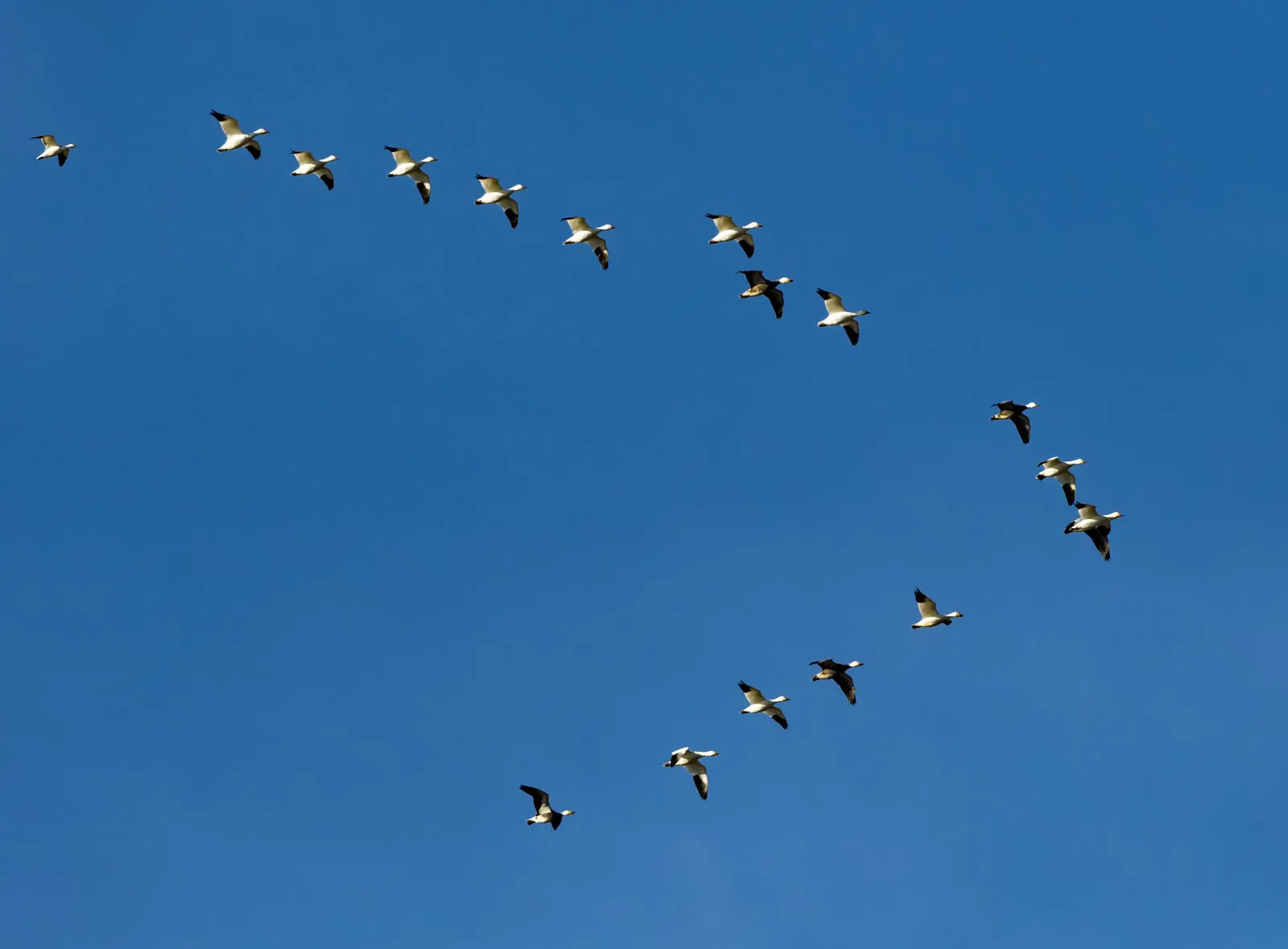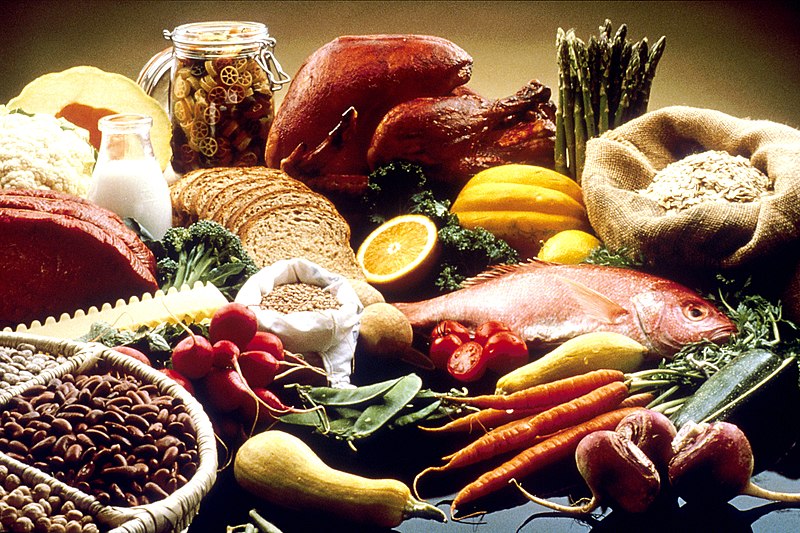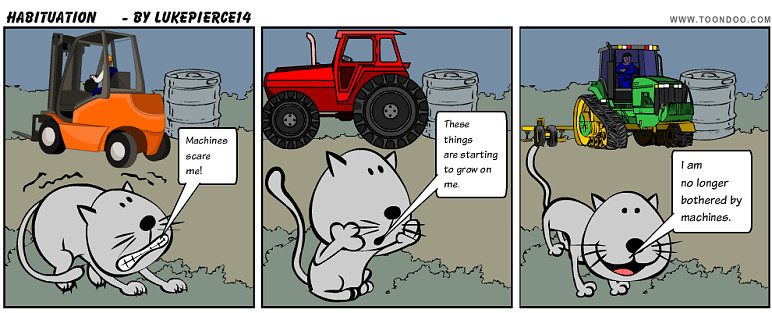AP Bio Chapter 43 Study Guide
1/37
Earn XP
Description and Tags
Name | Mastery | Learn | Test | Matching | Spaced |
|---|
No study sessions yet.
38 Terms
Behavior
any action that can be seen and described (Innate and learned)
Innate (Behavior)
instinctive, and animals are born with it.
Learned (Behavior)
influenced by the environment and changed with experience
Learning
a change in behavior brought about by experience
Associative Learning
change in behavior that involves association between two events
Classical conditioning
method of changing behavior by pairing two different types of stimuli(Same Time), causing animals to form associations between them.
EX: Pavlov’s Dog
Operant conditioning
method of changing behavior in which a stimulus-response connection is strengthened. (Trial and Error)
FAP
unchanging behavioral responses. Caused by sign stimulus, a trigger in the environment. Occurs in a series of actions the same way every time
Imprinting
happens when a young animal forms an association with the first moving object it sees. Konard Lorenz was one of the first individuals to study it in birds, allows an individual to recognize its own species and find its mate.

Behavioral ecology
study of how natural selection shapes behavior
Ethology
the study of how animals behave in their natural habitat.
Migration
long distance travel from one location to another. EX: Birds going south when it’s winter in north

Orientation
ability to travel in a particular direction, like going south in the winter.
Foraging
“Food behavior, Looking for food”

Optimal foraging theory
states that natural selection will benefit animals that maximize their energy intake-to-expenditure ratio.
Promiscuous
no strong pair-bond between males and females.
Monogamous
one male mating with one female.
Polygamous
an individual of one sex mating with several of the other sex.
Sexual Selection
form of natural selection that favors features that increase the chance of said animal’s mating success. (Usually picked by Females)
Animals can learn from what?
Observation, Imitation, and Insight
What system plays a role in determining behavior?
The Endocrine System
Critical Period
a Strict time window during which experience provides information that is essential for normal development and permanently alters performance
Sensitive period
limited phase in an individual animal’s development when learning particular behaviors can take place
Habituation
loss of responsiveness to unimportant stimuli or stmuli that do not provide appropriate feedback. EX: Animals stop responding to warning signals if signals are not followed by a predator attack

Maturation
situation in which a behavior may improve because of ongoing developmental changes in neuromuscular systems. EX: Flight in Birds, “Not True Learning”
Cognition
ability of an animal’s nervous system to perceive, store, process, and use information gathered by sensory receptors.
Altruism
behavior that might decrease individual fitness, but increase the fitness of others. “If related individuals help each other, they are in affect helping keep their own genes in the population.”
Inclusive fitness
the effect an individual has on proliferating its own genes by reproducing and by helping relatives raise offspring.
Hamilton’s rule
states that natural selection favors altruistic acts.
Kin selection
the mechanism of inclusive fitness, where individuals help relatives raise young
Reciprocal altruism
where an individual aids other unrelated individuals without any benefit, is rare, but sometimes seen in primates (often in humans).
Types of Communcations
Chemical (Pheromone), Communication (Speaking), Auditory (Hearing), Visual (Looking), Tactile (Touch)
Cooperation can help avoid…
predators, rear offsprings, and find food
EX Q1: Some bird species, such as cuckoos, are brood parasites. These birds lay their eggs in the nests of other species, so their young are raised around birds that sing differently than cuckoos. Nonetheless, adult cuckoos will sing cuckoo songs, not the songs of their foster parents. This suggests hat bird song is…
A. Innate
B. Learned
C. Not important evolutionarily
D. inflexible
A. Innate
EX Q2: A student is concentrating on taking a test in a classroom. Outside the window, workers are using a loud mower to cut the grass. Eventually, the student becomes habituated to the mower. Which statement describes the habituated student?
A. She becomes drowsier and drowsier, and falls asleep
B. She becomes more and more agitated by the mower noise
C. She stops responding to the mower and no longer notices it
D. She stops responding to the mower but writes about it on the test
C. She stops responding to the mower and no longer notices it
EX Q3: Scientists have found that there are innate limits to what an animal can be trained to do. For example, pigeons can learn to associate seed-like food items with colors, but not sounds. Which best explains why this pattern evolved?
A. Pigeons have poor hearing and cannot distinguish sounds
B. Pigeons do not communicate with sound, so they cannot learn sounds
C. Pigeons do not have color vision
D. Pigeons use color to find seeds in nature, but seeds do not make sounds
D. Pigeons use color to find seeds in nature, but seeds do not make sounds
EX Q4: Fireflies, or lightning bugs, are actually beetles in the family Lampyridae. there are about 2000 species found worldwide. Each species has a distinctive flashing pattern. What is the evolutionary advantage of the flashing pattern?
A. Flashes allow intraspecific communication about food supply
B. The flash of light releases toxic substances the insect has eaten
C. Specific patterns help maintain reproductive isolation
D. The unpredictable nature of the different patterns confuse predators.
C. Specific patterns help maintain reproductive isolation
EX Q5: A variety of products on the market promise that they contain pheromones to help you attract members of the opposite sex. However, the question of whether or not humans actually utilize pheromones is disputed. Which observation would support the lack of pheromones in humans?
A. Humans have an inferior sense if smell compared to other mammals
B. Many humans bathe frequently, washing off odors
C. The vomeronasal organ is not found in humans
D. The vomeronasal organ in humans lack sensory neurons
A. Humans have an inferior sense if smell compared to other mammals